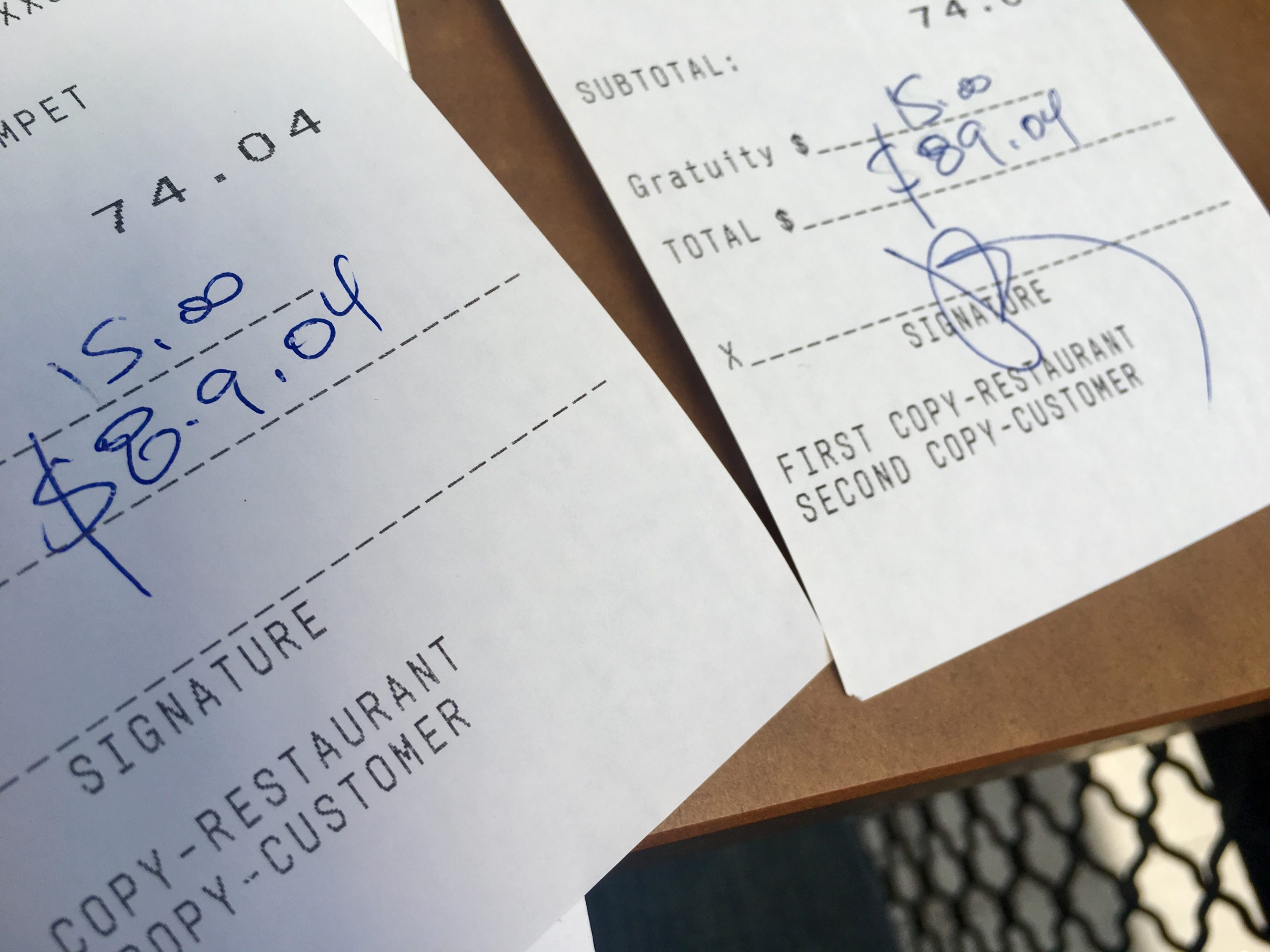What the Tip Credit Really Means to a Restaurant’s Operational Budget

Photo Credit: A check at a restaurant in New York City. Skift Table
Skift Take
Multiple states are debating whether to eliminate the tipped minimum wage this year. The issue is confusing and contentious, and there are good arguments being made on both sides. Here, we look at how much money the tip credit is worth in New York, and why restaurateurs are so afraid to lose it.


